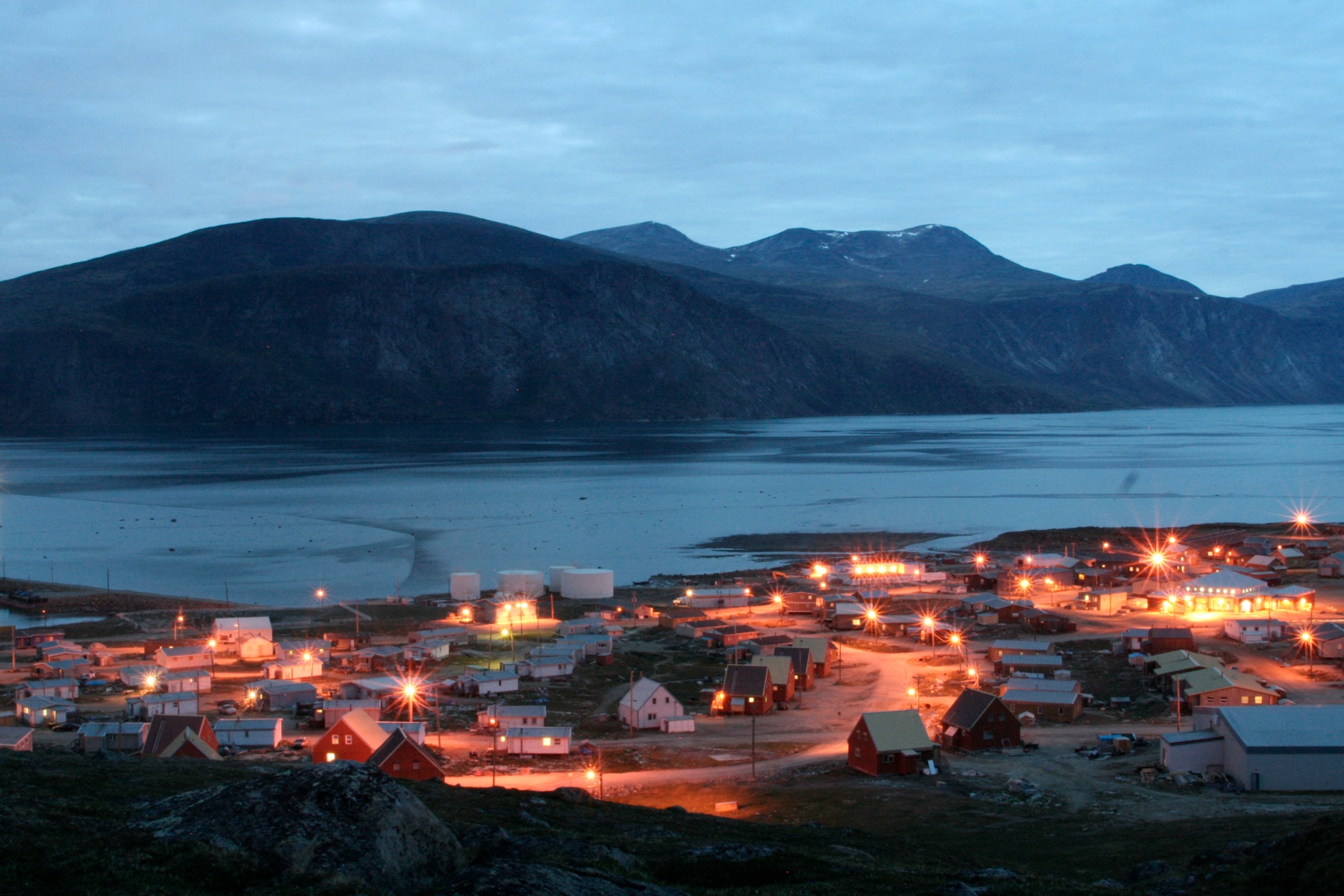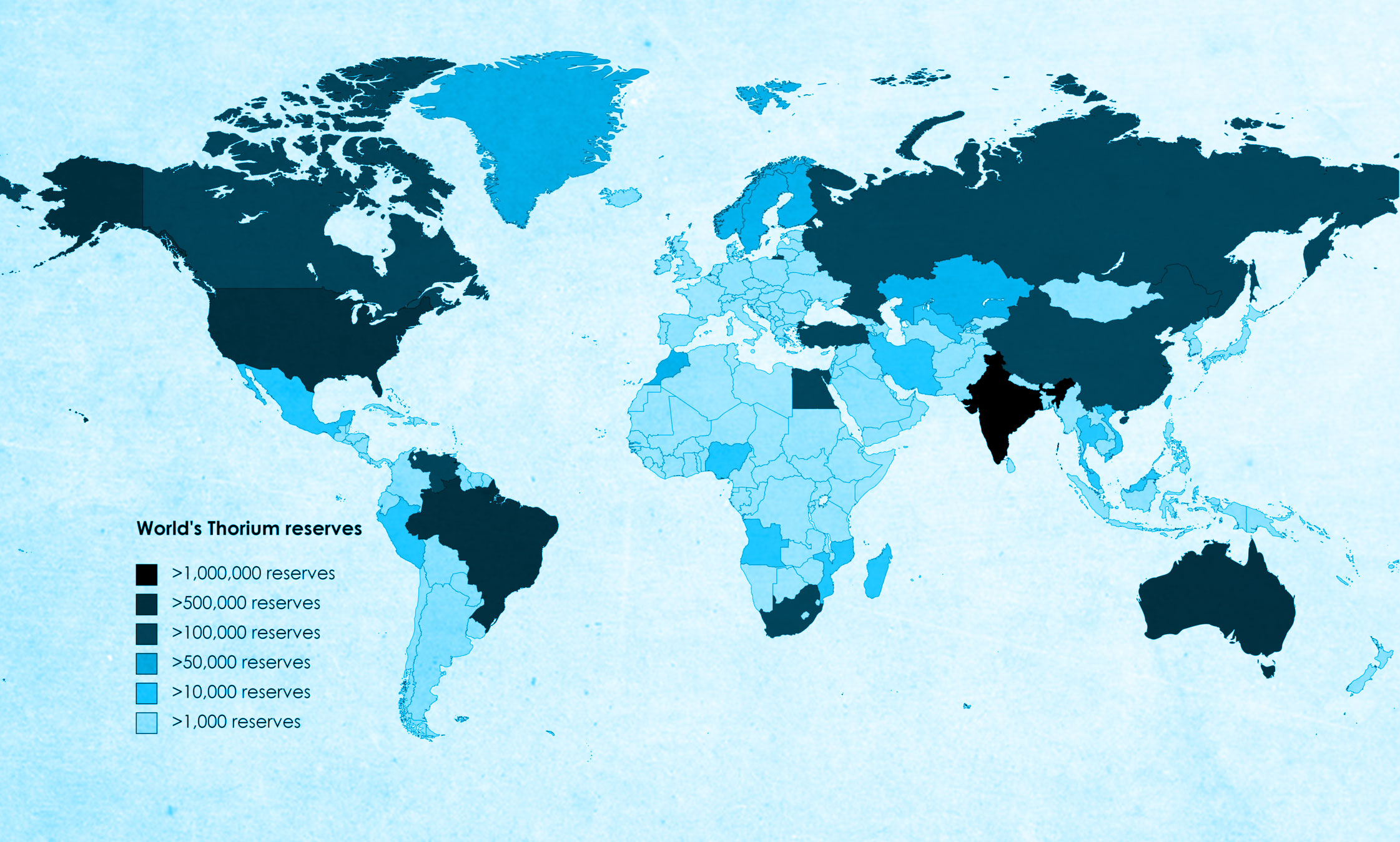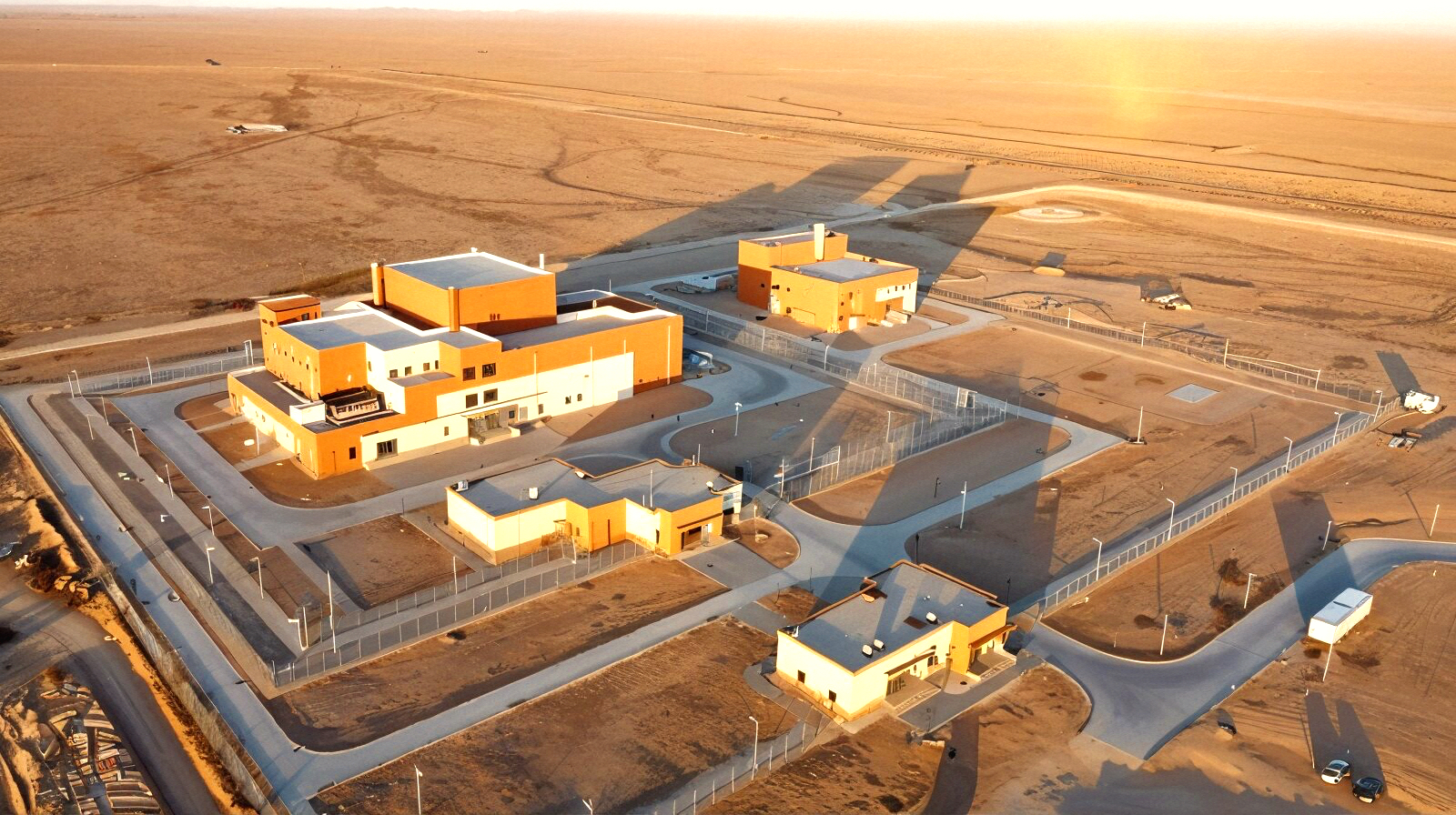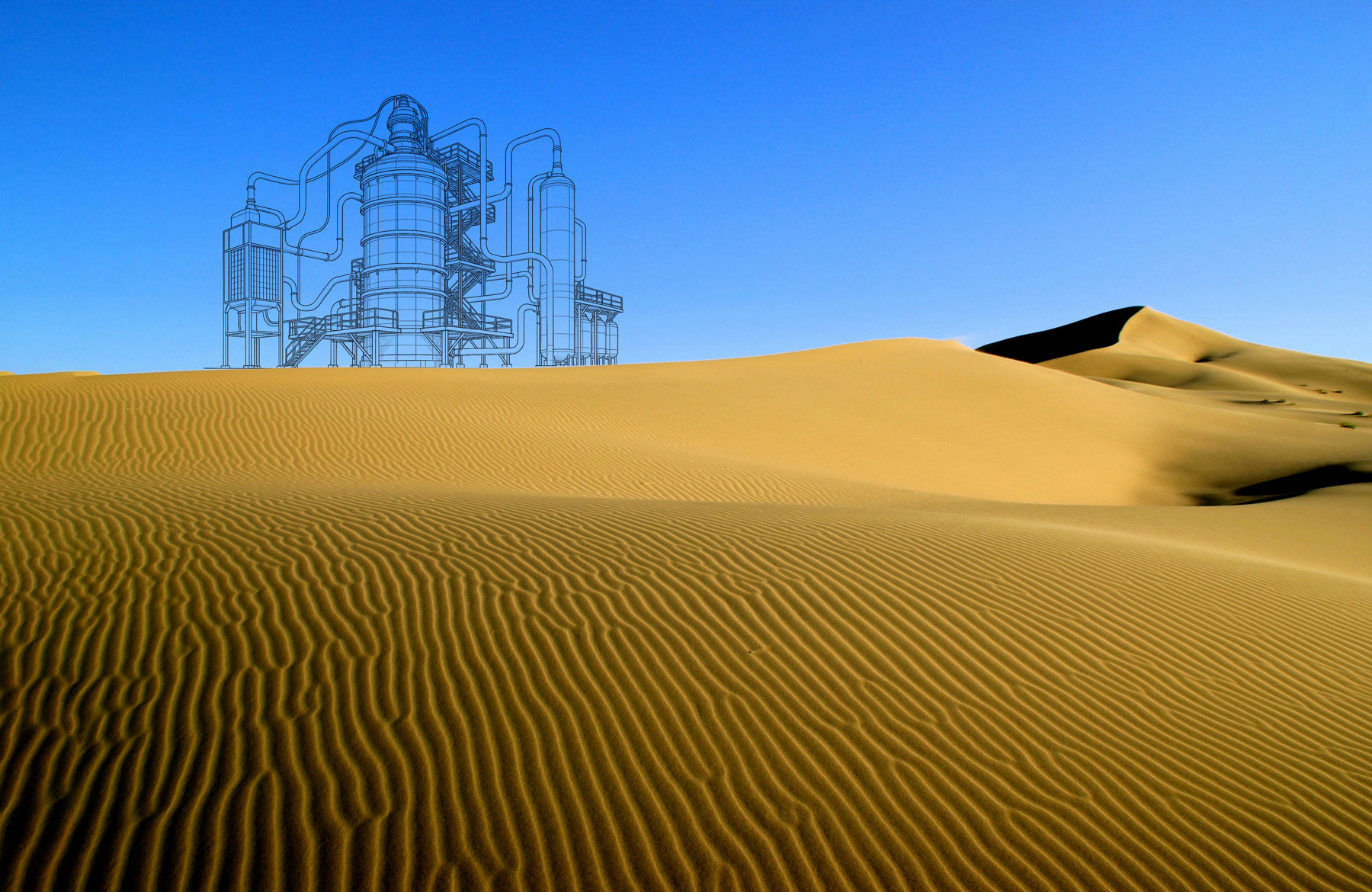Forty-five years ago, when I began my 40 yearly summer flights into the Canadian North and Alaska, no one was talking about climate change, and although its effects first appear near the poles, another 20 years would pass before the changes became obvious, particularly to the people who live along the Arctic Coast and visitors like me. We finally realized that “ice out” in the north was occurring a little earlier with every passing year.
Now, when I check the dates on the photos I took since then, the change is obvious. Aided by warmer temperatures and longer summers, the tree line is slowly moving north. That process has begun to kill polar bears because the animals get most of their nutrition by eating seals they surprise on top of the pack ice. However, with only the thinning, receding ice to hunt on, plus a shorter winter, many bears are coming off the ice so undernourished they can no longer survive the 200-mile “spring” swim to the mainland that once proved no problem.
I have seen the permafrost melting. I have seen the methane bubbling up in tundra lakes, and methane is 20 times worse than the greenhouse gas, carbon dioxide. I have seen robins north of the Arctic Circle, and I have seen grizzlies that have extended their range far enough northward to conflict with polar bears. Against a grizzly, a polar bear has little chance. Just check their jaws and teeth.
Yes, the tundra is warming, and climate change is chewing away at the Arctic and at glaciers around the globe. It has already begun to bring record temperatures, droughts, fires and powerful storms to temperate climes like ours.
Our response: Not much from those in power, not to mention silly ideas like New York Mayor Mike Bloomberg’s proposal to spend about $20 billion on seawalls — a futile effort that will deceive some into thinking it might work. It will certainly enrich contractors and fossil fuel providers but for millions that would mean rising sea levels would turn into them into desperate refugees.
So what to do?
As noted in the July 4 “Earth Watch,” although nuclear power production is an efficient and powerful way to eliminate huge amounts of carbon dioxide pumped out by fossil fuel power plants, using uranium comes at a very high price. It begins with mining hazards and almost never ends with the need to store huge amounts of the radioactive waste that uranium reactors produce.
Nevertheless, there is a partial solution. Build thorium-powered nuclear reactors as rapidly as possible. Why? Because:
Thorium is not practical for making bombs. There are no carbon dioxide emissions. Thorium reactors can breed its own fuel and they can consume huge amounts of the waste created by uranium-powered reactors since the 1950s.
Thorium waste is just 1 percent as radioactive as uranium reactor waste — and because the thorium, is almost totally consumed, there is just one-quarter as much waste to store. In addition, unlike uranium waste, thorium end products need be stored only a few hundred years, whereas uranium storage must run into thousands of years.
Thorium reactors, unlike many uranium reactors, use a process that allows them to be continuously on line, with no need for periodic shut downs that many uranium reactors require.
A modern thorium reactor core can’t melt down, and thorium is abundantly available almost for free from rare earth mining waste streams.
Thorium ore is less radioactive than uranium ore, and is therefore, safer to mine.
Thorium reactors produce no hydrogen, so Fukushima-like explosions are eliminated.
Thorium reactors can be highly scalable. As a consequence, small, 10 megawatt plants no bigger than five semis can be placed where needed, thereby eliminating the 10 percent to 25 percent power line loss that often penalizes the efficiency of long distance transmission lines — even as 100 megawatt plants would be built near major industries and cities.
Building these plants will take time and money, but why not create jobs with technology that will eliminate one of the largest creators of climate-changing carbon dioxide? Why spend billions on stop-gap measures like seawalls that do not attack the source of the problem?
George Erickson is a member of the Union of Concerned Scientists, a former vice president of the American Humanist Association, a best-selling author and program present on subjects like climate change and thorium nuclear power. He will be presenting Climate Change is Real at 9:45 p.m. Aug. 4, to the Lake Superior Freethinkers in the lower level of the Radisson Hotel in Duluth. He can be reached at 218-744-2003 or emailtundracub@mchsi.com.







